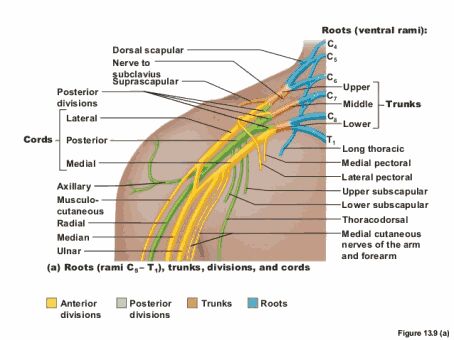PECTORAL GIRDLE AND ASSOCIATED JOINTS
PECTORAL GIRDLE AND ASSOCIATED JOINTS JOINTS Joint is the coming together of bones or the union of bones. Joints are classified based on the uniting medium FIBROUS JOINTS; Joints formed or union by fibrous tissue. Here there is little or no movement CARTILAGENOUS JOINTS; Joints formed or union by cartilage. Here there is slight movement SYNOVIAL JOINTS; Here the two uniting bones remain separate, but are held together by fibrous (ligamentous) capsule and containing synovial fluid thereby allowing free movement Four main features of the synovial joints are; The uniting bones are separate They are held together by a cuff of fibrous tissue ( capsule or capsular ligament) The capsule is lined by a synovial membrane The opposing surfaces are covered by cartilage ( usually hyaline but sometimes fibrous) CLASSIFICATION OF SYNOVIAL JOINT Ball and socket; found in the hip and shoulder joints and allow movement in all plane Ellipsoid ; found in the wrist and allows movement in all p...
